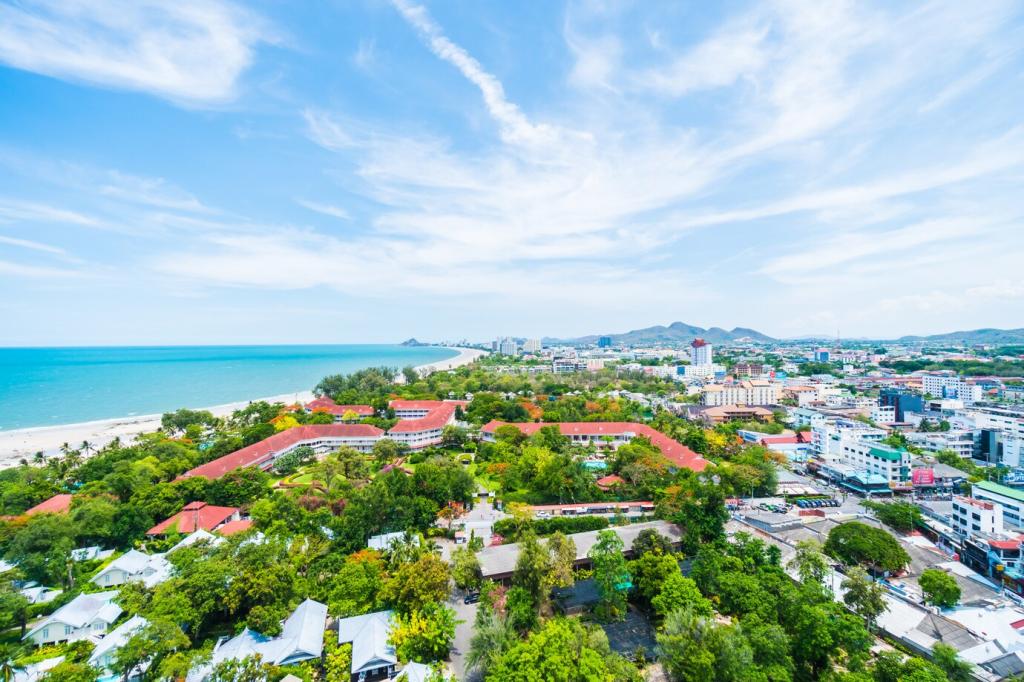Sustainable real estate development in tourism areas is an evolving approach that seeks to balance the economic benefits of tourism with long-term environmental protection and community well-being. As global awareness increases around the impact of human activity on natural landscapes and local societies, the urgency to develop responsibly has never been greater. This approach not only safeguards the pristine conditions that attract travelers in the first place but also ensures that local populations thrive alongside the tourism sector. Every phase of development—from site selection to operational management—must incorporate principles that conserve resources, protect cultures, and generate economic resilience. Adopting sustainable practices in these key destinations helps create enduring legacies while mitigating negative impacts associated with unregulated growth.
Principles of Sustainable Development in Tourism Real Estate

Green Building and Low Impact Design
Community Collaboration
Long-Term Resource Management

